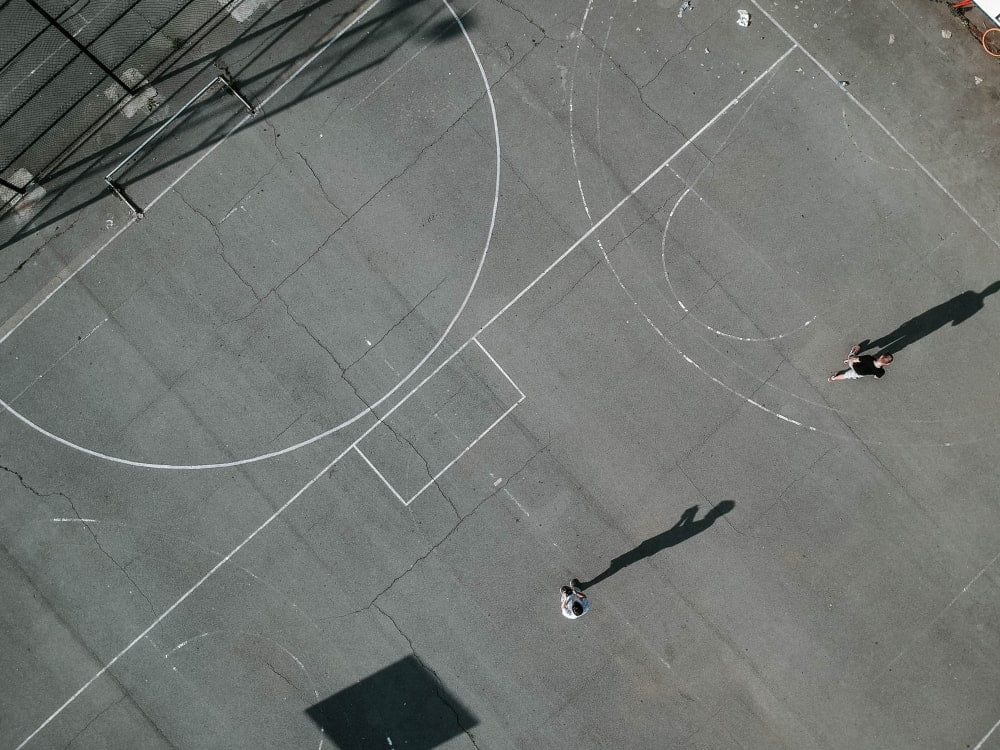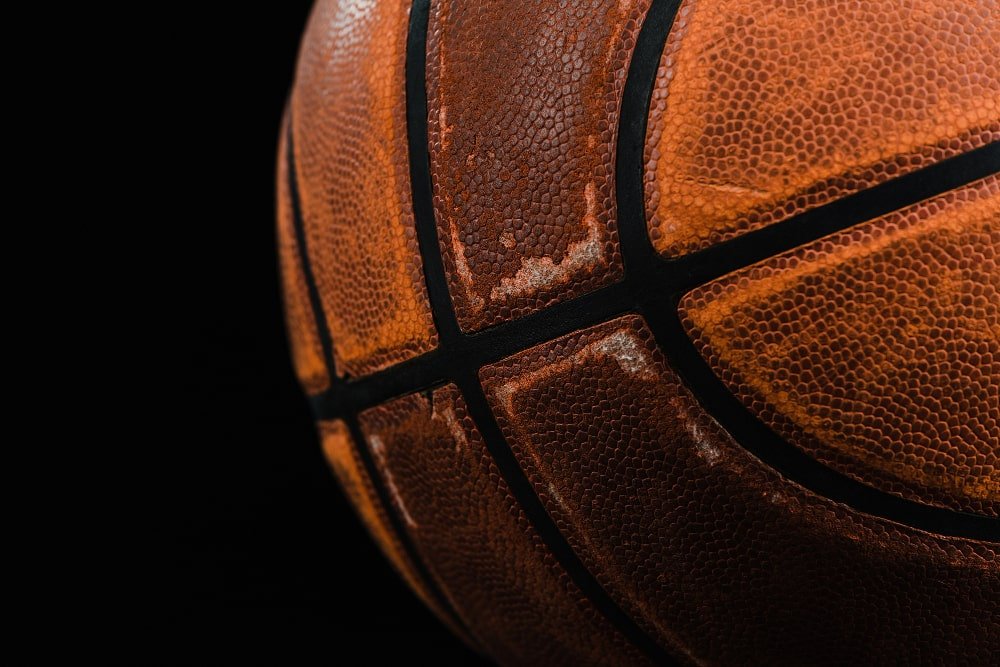Basketball: How It Was First Played When It Started
Basketball was first played in 1891. Since then, there have been several advancements, including new rules and basketballs that are more consistent for players. But before basketball evolved into the game we know today, it was governed by some extremely unusual rules in the beginning of its history. For instance, when basketball initially began, dribbling wasn’t permitted!
When Was Basketball First Played?
Basketball Courts
The very first basketball court also had two peach baskets hanging ten feet above the ground at either end of the court. These are still present today on basketball rims and hoops. But they are now lowered seven feet from where they once stood.
Back then, there wasn’t much uniformity either; some courts even had soccer goals instead of basketball hoops! And if that weren’t horrible enough for the players, no free throws or shots were given out for fouls that were committed. Instead, if a goal was scored from a specific distance, one point would be awarded.

The Basketball Itself!
In basketball’s early days, basketball was also much different from how it is today. At that time, the basketball ball had more bounce, which made dribbling more difficult for athletes. This prevented them from holding the basketball in their hands, forcing them to pass it around. This proved to be quite advantageous when passing later became a basketball rule. But this raised some eyebrows in 1891!

How Was Basketball Originally Played?
Basketball was not just played differently than it is now when it was originally invented. Yet, some unusual concepts could seem odd to us right now, such as:
- Players had 15 seconds or less to shoot if they didn’t pass
- No dribbling was allowed when going after a loose ball
- Soccer goals used instead of basketball hoops
When basketball began over 120 years ago it was nothing like the basketball we play today. Some strange rules have since been removed, but there are still a few leftovers in how basketball is played today.
For instance, you will receive one point if you score using another teammate’s ball! This is due to the fact that when basketball first took off, players were unable to pick up or hold onto the ball after they had scored their own points. These days, this regulation only applies to loose balls at any point in the game rather than just using it to your advantage.
As was already mentioned, the lack of uniformity in court dimensions and hoops height across various basketball-playing venues at the time makes these early basketball matches seem absolutely absurd to us now. The size of basketball courts has now become constant. The height of basketball hoops has also been adjusted to be standard. It’s crazy to think that it was fifteen feet above the earth, where they had originally stood!
The First-Ever Teams
The first basketball teams in history were made of 18 students. All attending at the YMCA training school, in Springfield, Massachusetts.
The following are how the teams were split:
Team 1: John J. Thompson, Eugene S. Libby, T. Duncan Patton, Frank Mahan, Finlay G. MacDonald, William H. Davis, Lyman Archibald, Edwin P. Ruggles, and William R. Chase.
Team 2: George Weller, Wilbert Carey, Ernest Hildner, Raymond Kaighn, Genzabaro Ishikawa, Benjamin S. French, Franklin Barnes, George Day, and Henry Gelan.
The final score of the game ended 1 – 0, with Team 1 earning the win.
William R. Chase scored the only point of the game. Becoming the first person to score a “basket” during a game in basketball history!
The Original 13 Rules of Basketball
James Naismith came up with the rules. In order to keep residents in Springfield, Massachusetts, amused during the chilly winter months, he invented the first version of basketball. The first set of guidelines are as follows:
- Using one or both hands, the ball may be thrown in any direction.
- With one or both hands, the ball may be batted in any direction; however, the fist is never permitted.
- With the ball, a player cannot run. In order to account for a man running quickly, the player must toss it from the location where he catches it.
- The hands must be used to hold the ball. It cannot be held by the arms or body.
- There shall be no shouldering, gripping, pushing, striking, or trip of an opponent. Any person who violates this rule more than once is considered to have committed a foul and is ineligible for the remainder of the game or until the next goal is scored if there was clear intent to do harm. Nothing may be substituted.
- A foul is striking at the ball with the fist, violations of Rules 3 and 4, and such as described in Rule 5.
- If any team commits three consecutive fouls, the other team scores a goal (consecutive means without the opponents in the meantime making a foul).
- As long as those protecting the goal do not touch or disturb the goal, a goal is scored when the ball is tossed or batted into the basket and remains there. If the opponent moves the basket while the ball is on the edges, it counts as a goal.
- The first person to touch the ball after it crosses the line of play is the one who gets to play it. The umpire is required to hurl it directly onto the field in the event of a dispute. Five seconds are given for the thrower-in. If he keeps it for too long, the other side will get it. The umpire will declare a foul on a team if they continue to cause the game to be delayed.
- The referee is notified when three consecutive fouls have been committed, and the umpire serves as the judge of the men. In accordance with Rule 5, he shall have the authority to disqualify men.
- The referee is the ball’s judge, determining whether it is in play, within bounds, to which side it belongs, and keeping score. He will determine when a goal has been scored, keep track of the goals, and carry out any other tasks that a referee would typically carry out.
- The time shall be two fifteen-minute halves, with five minutes rest between.
- The side making the most goals in that time shall be declared the winner.

Conclusion
All these small changes make for large differences between old school and modern-day basketball. But one thing remains the same: whether you play on an indoor or outdoor court, with friends or alone; basketball will always remain enjoyable!
We hope you enjoyed reading our blog post about basketball, and we hope it was informative! Got any other info/details on other early basketball rules and occurrences? Let us know! We discuss this amazing sport in detailed manner, click here for more!








